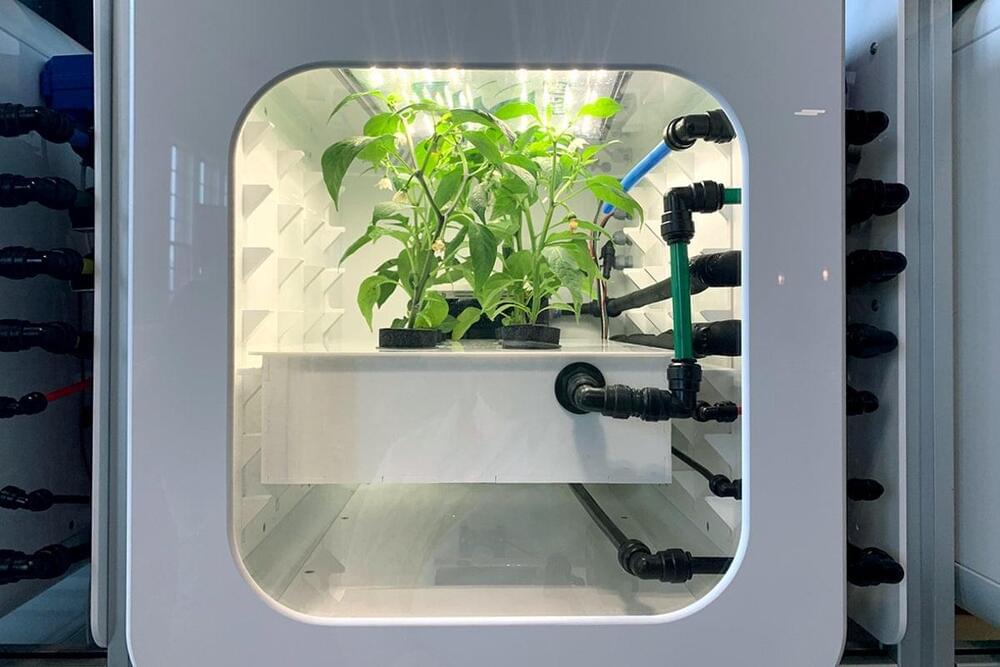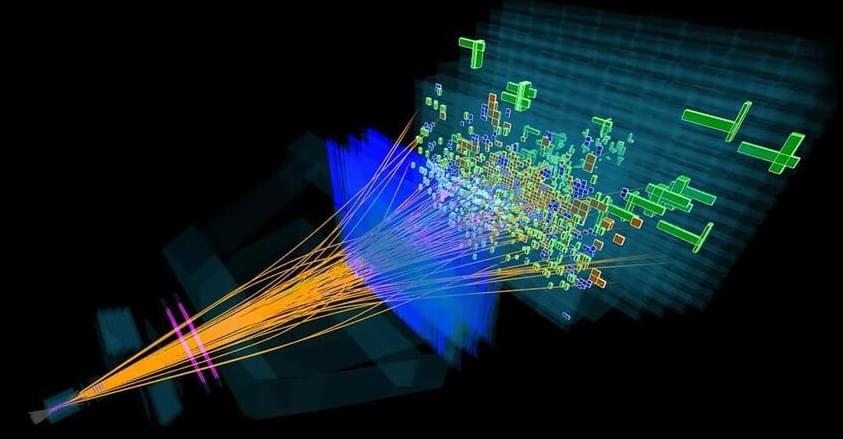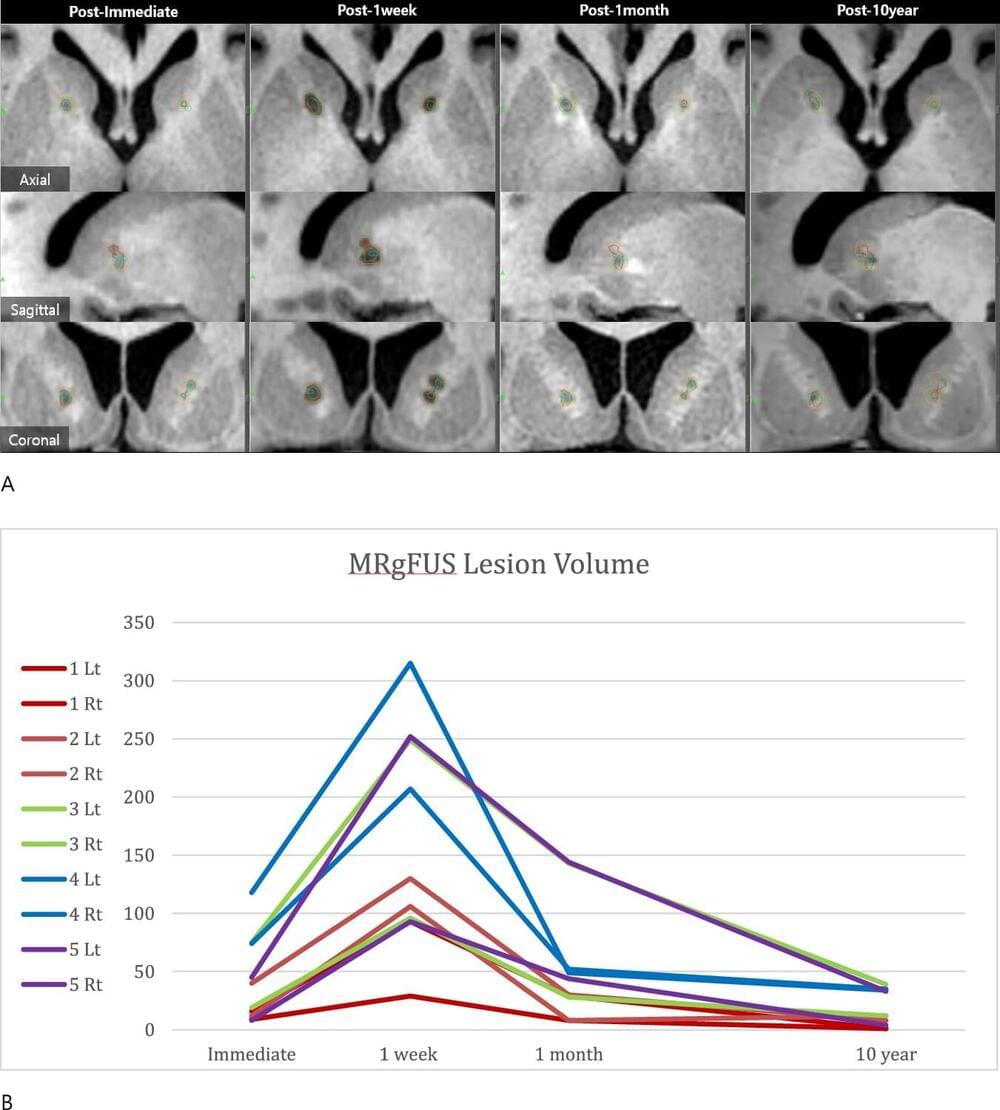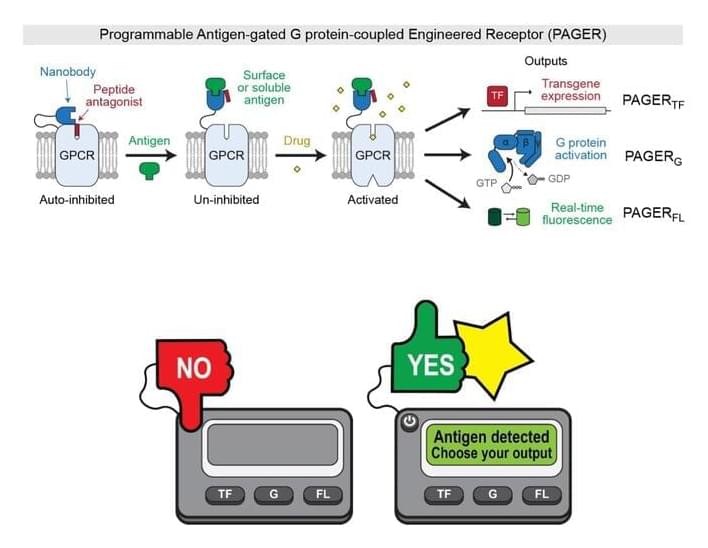Dec 4, 2024
Space Farmers of the Future May Grow Fungi, Flies and Microgreens
Posted by Quinn Sena in categories: futurism, space
Here’s how the winners of NASA’s Deep Space Food Challenge are making food out of thin air.
A few weeks ago, I arrived hungry to the Brooklyn Navy Yard in New York City, ready for a unique culinary experience. Finalists of NASA and the Canadian Space Agency’s Deep Space Food Challenge had come from all across the planet to demonstrate how future astronauts might grow their own food. I descended upon a tiny cup of chocolate mousse topped with a raspberry.


















